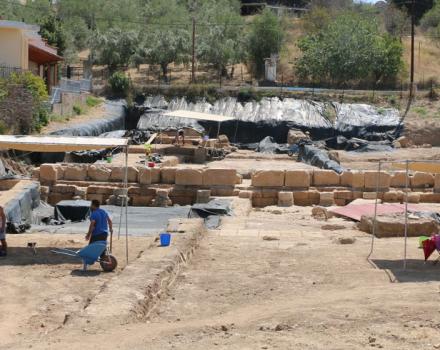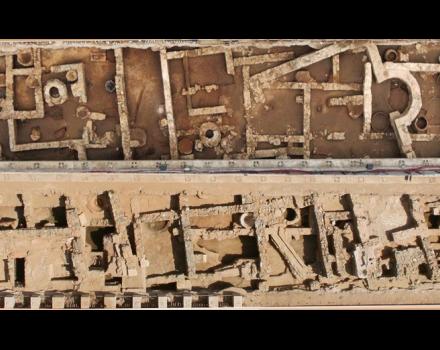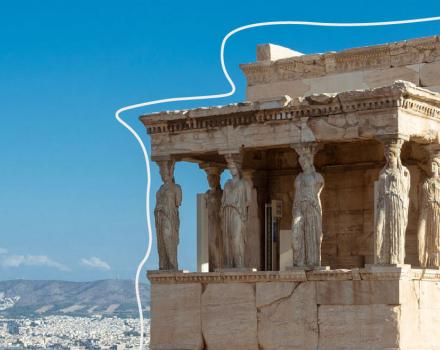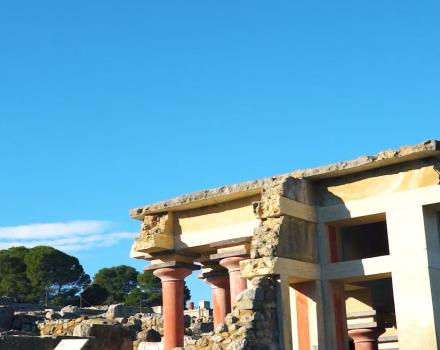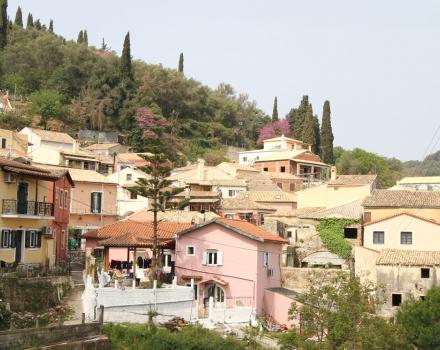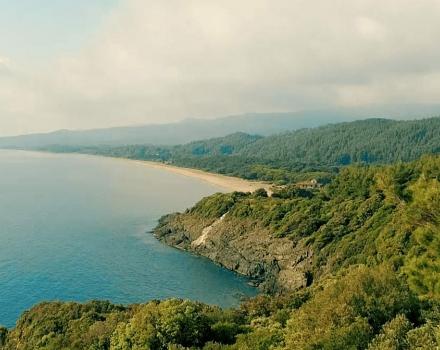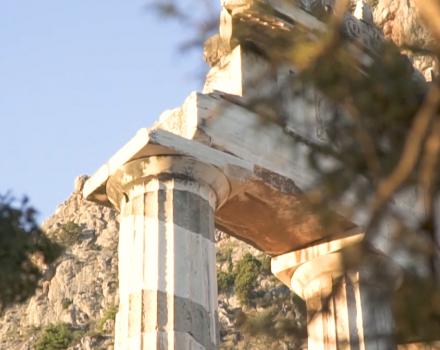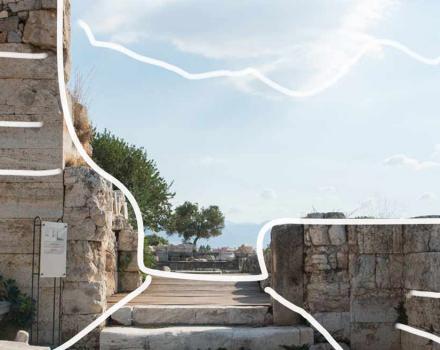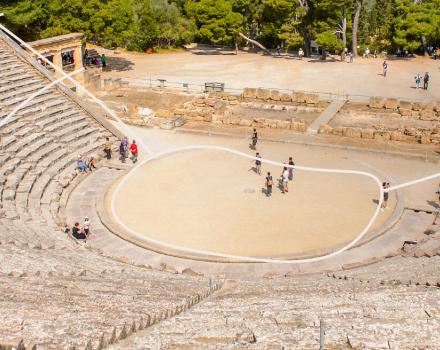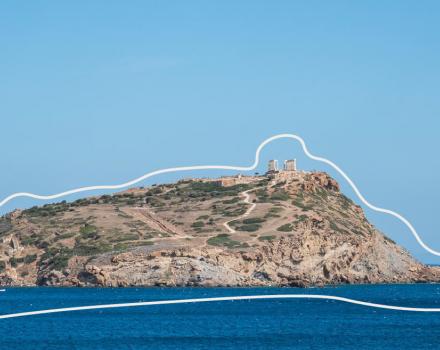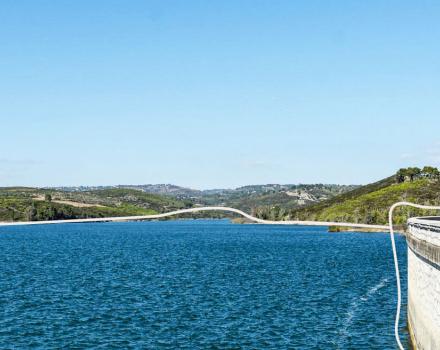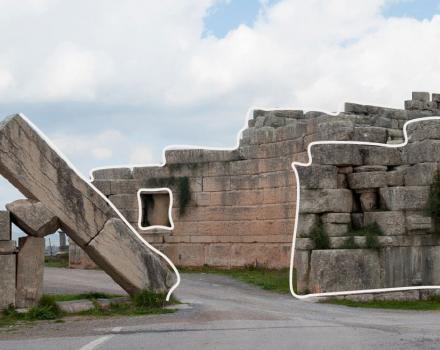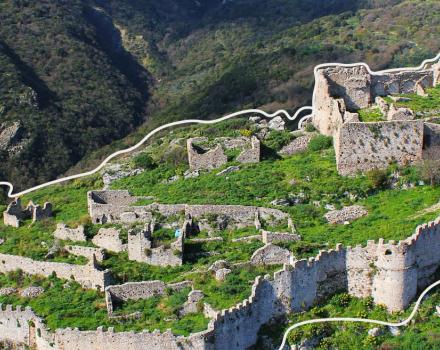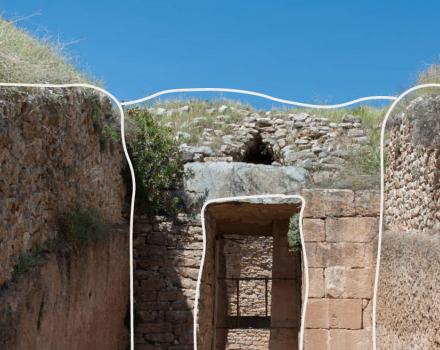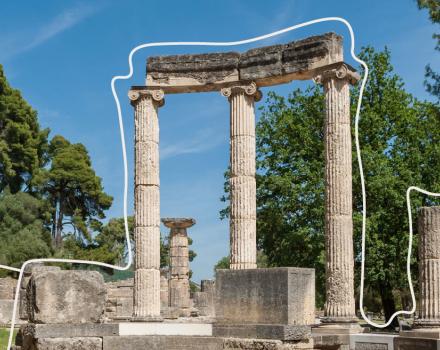The discoveries of all the wonders happening in Keros, the small, today uninhabited Cycladic island south of Naxos, have no end. How were, hundreds of figurines and thousands of marble and clay jars, found on such a small island and why most of the figurines were broken? Those were the questions, the archaeological research was called to answer, many years ago. The original hypothesis that the figurines were smashed to pieces in illegal excavations was succeeded by the opinion that the placement of broken marble figurines was the main characteristic of the unique ritualistic happenings taking place in the sanctuary of Keros, 4.500 years ago. “A great sanctuary of the Protocycladic Era radiating all around the Cyclades, that can be compared to the one in Dilos of the historical times”, as Cambridge University Professor and co-director of the digs in Keros, Colin Renfrew, used to say. Next to the sanctum was Daskalio, in which the latest excavations gave unexpected finds, making Keros a recent international headline.
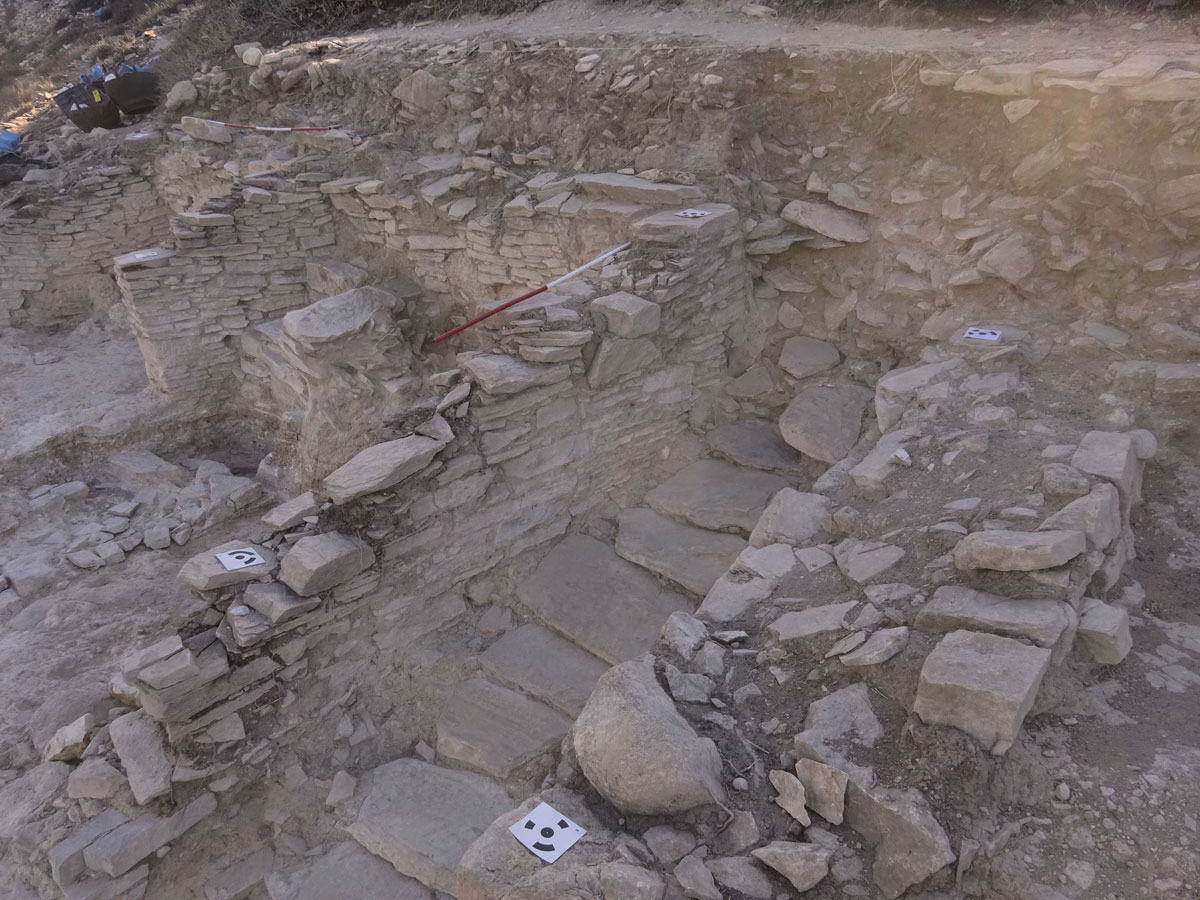
The new excavations in Daskalio, the results of which were published by the Ministry of Culture and traveled around the world with a relevant piece in the Guardian, brought to light a number of majestic, densely built structures, much more impressive than we thought until today. According to new data, Daskalio was one of Aegean’s most important positions during the Early Bronze Age (3rd millennium B.C.).
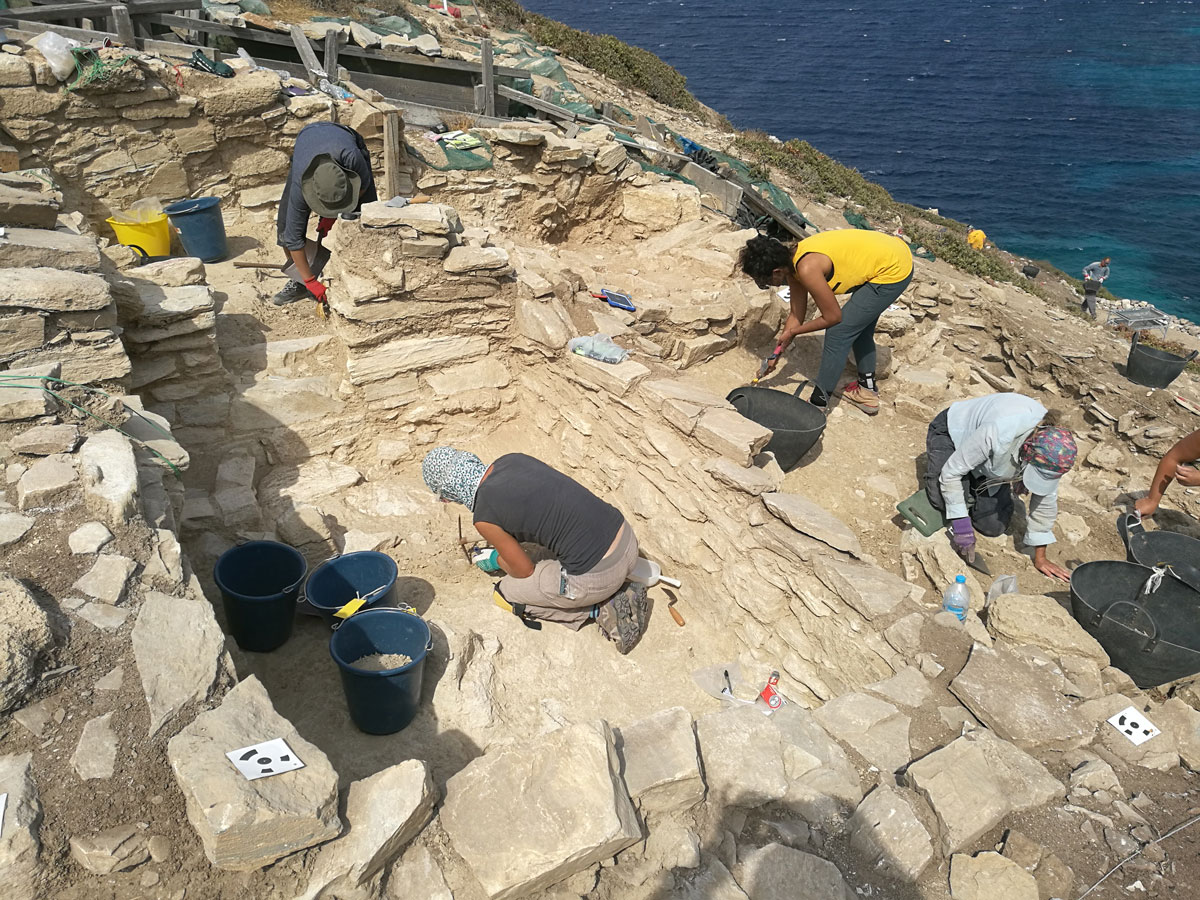
An islet today, because of the rise of the sea level, Daskalio was then, the western point of Keros and the narrow corridor connecting it with the sea made it the best natural port of the island. The settlement that grew there was covered with unique memorial structures, built with stone brought from Naxos, despite the 10km distance separating the two islands. The natural pyramid shape of Daskalio was brought out even more with the large retaining walls that were built by specialized workers. The glorious buildings of Daskalio were built on the flat terraces among the walls, which presented the shape of a stepped pyramid.
According to the research team, head of which are archaeologists from the University of Cambridge, the Ephorate of Antiquities of Cyclades and the Cyprus Institute, more than 1.000 tons of rock was imported in Keros. The island was built from side to side, giving the impression of a unified, majestic monument rising from the sea and, until today, it is the largest residential complex of its time in the Cyclades.
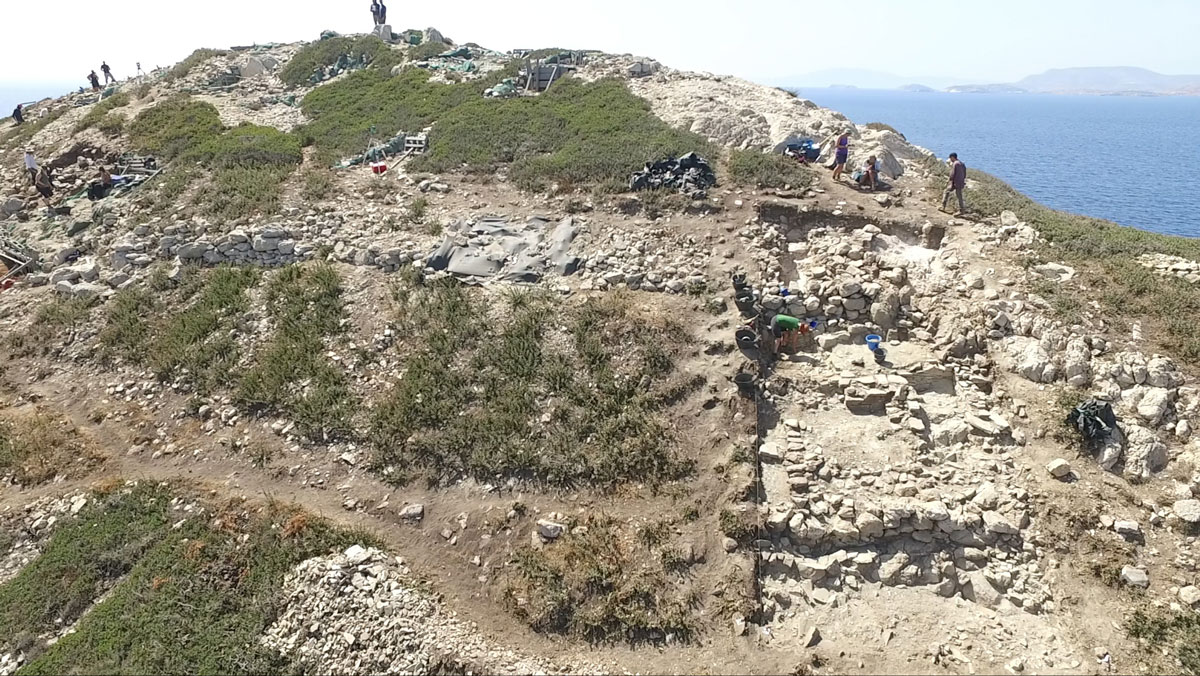
The note of the dig team should be added to all of this, that “by digging an impressive climax that was located in the lower retaining walls, they discovered the advanced technology and building prowess of this civilization, a full 1000 years before the famous Mycenaean palaces. Under the steps, an advanced system of draining pipelines was found, indicating a carefully designed multifunctional architecture. The analyses of the material found inside the pipelines will show whether they were for sewage or served for the transport of clean water”.
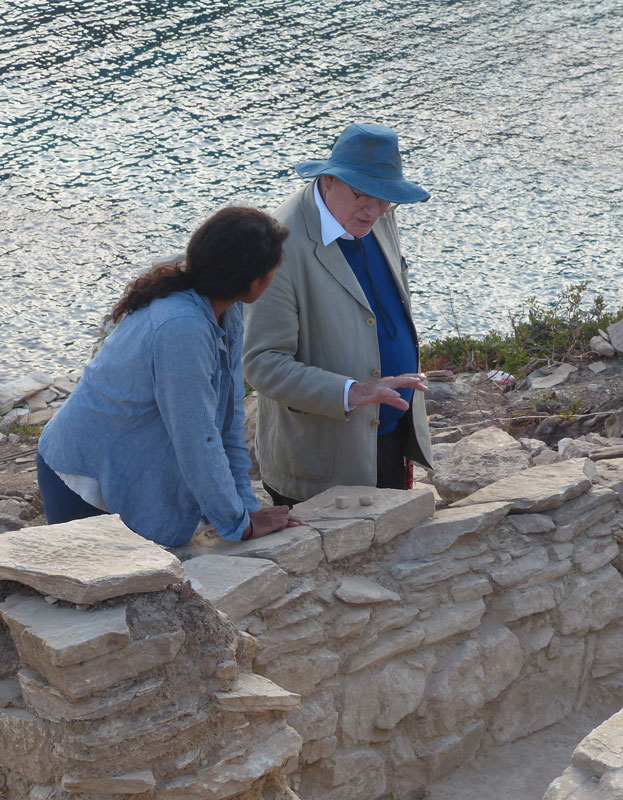
The excavations, also brought other aspects of Keros to light, as they found new farming practices, cultivation of olives and grapevines, as well as carbonized residue, mainly legumes, fruits like grapes, olives, figs and almonds, and cereal like emmer and barley. This evidence informs us that Keros was not self-sustained. A big part of their food was imported from elsewhere, a fact that leads archaeologists to the conclusion that knowledge of trading routes in the Bronze Age, including those of food trade, should be revised.
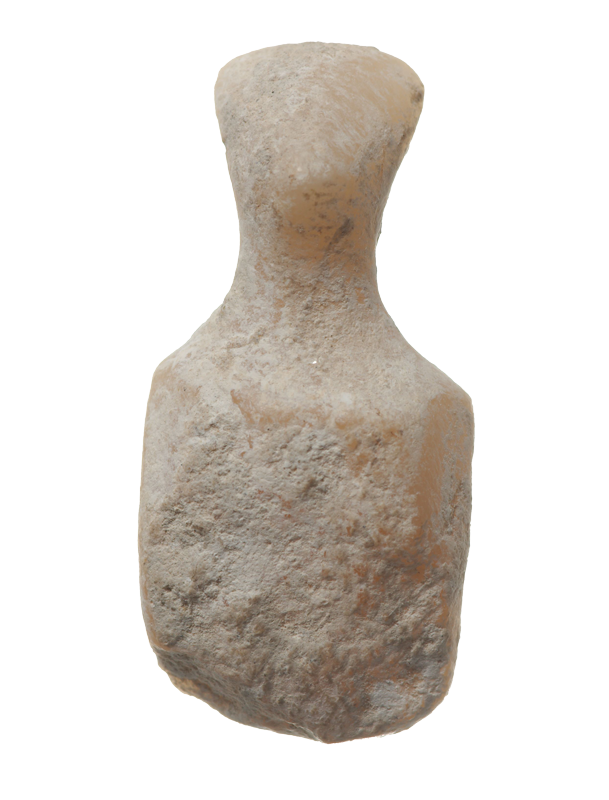
Given the fact that metallurgy was the most important technology of the 3rd millennium B.C., one more important piece of information for the rise of Daskalio is that its residents were experienced metal workers. The absence of copper sources in Keros suggests that the raw material was imported from elsewhere. The new excavations brought to light two metallurgy workshops, with distinctive processing residue and relevant objects: one lead axe, one mold for producing copper knives, tens of clay fragments with copper residue (as the ceramic ends of blowers that are used to push air to the fire in order to increase temperature) and the upper section of an intact clay oven.
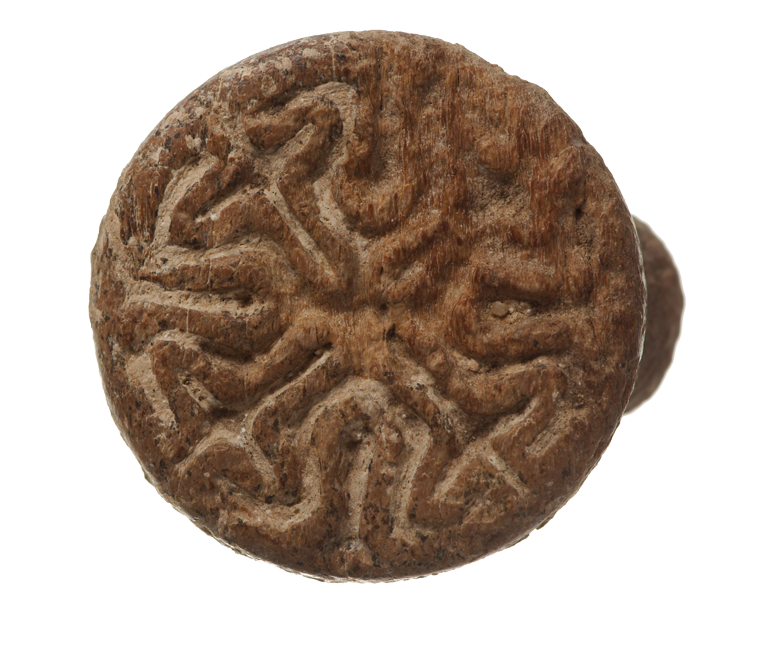
“In an period that technology and access to raw material was limited, it seems that Daskalio was a center of metallurgy specialization”, as stated by Dr. Michael Boyd from Cambridge University, co-director of the excavation, adding that “all these are pointing to beginnings of urbanization: a) centralization, in other words the participation of remote societies in networks with this location as their base, b) craft sector and farming production intensification, c) gradual inclusion of the sanctums’ ritualistic aspects to the locations’ broader framework of operation. All these reveal social change processes, from the previous period in which the activities were focused on ritualistic practices in Keros until the increasing power of Daskalio over time”.
